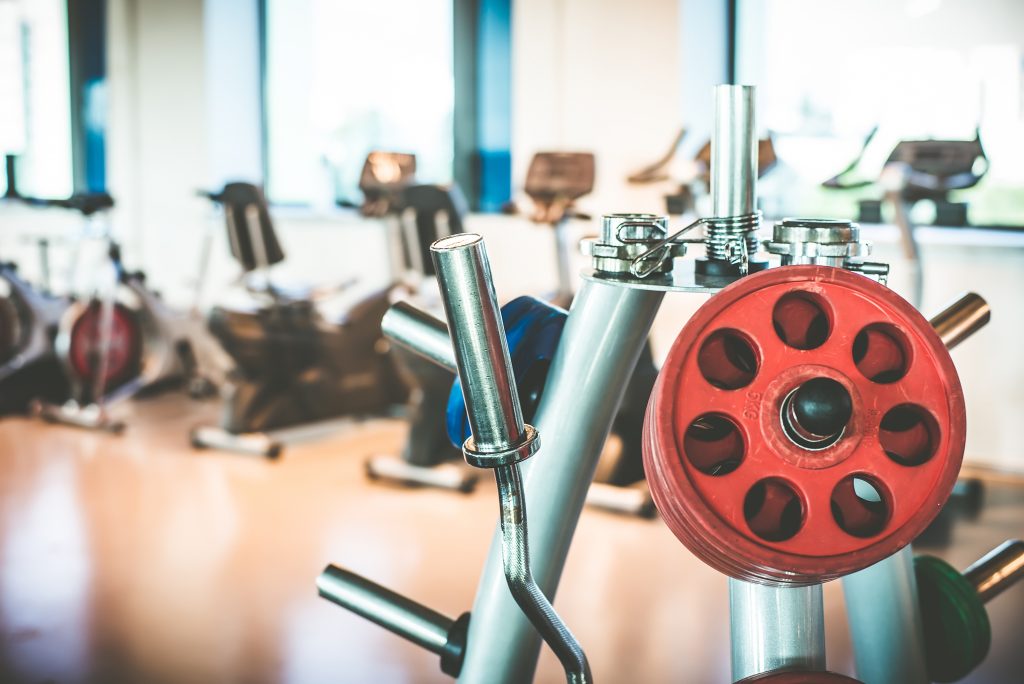I know what you’re thinking.
“Face pulls? Really, Tony? That’s what you’re going to write about today? What’s next: Talking about the Kreb’s Cycle? Discussing all the uses of Osmium? Breaking down who will win this season of The Bachelorette?”1
I get it. Face pulls aren’t the most exciting exercise in the universe, but I’ve never been someone who feels exercise has to be entertaining.
I want to help get people results and I want people to stay healthy.
Face pulls will achieve both.

Face Pulls Are the Sexy
Face Pulls have been an exercise I’ve utilized in my programming – both personally and with clients – for as long as I can remember. I try not to play favorites but I can’t think of an instance where I haven’t sprinkled them into a program in some way, form, or fashion.
They’re one of the most user-friendly and effective exercises to strengthen the upper back, posterior cuff, and help keep the shoulders healthy.
Now that’s sexy.
In fact, if I were to rank their sexiness in the pantheon of sexy things it would look like this:
- 1. Sade singing pretty much anything.
- 2. Tom Selleck’s mustache.
- 3. Face Pulls.
- 4 – 13,908,743. Anything my wife wears, says, or does.
Hyperbole aside – is it too late to add my pecs onto that list? – there are few things to consider when it comes to common mistakes people make with the exercise and execution in general.
1. Face Pull Fix – General Set Up
It’s not inherently wrong to do so, but I’m not a huge fan of people utilizing a pronated (overhand) grip with this exercise.
It locks people into a more internally rotated position in the glenohumeral joint as well as narrows the acromion space, which can predispose people who are vulnerable to impingement syndrome.
Instead I like this approach:
2. Face Pull Fix – Too Much Low Back Movement
Another common mistake some make with the execution of this exercise is using a squared stance.
Again, it’s not inherently wrong, but a squared stance provides an opportunity for some people to crank through their lumbar spine and promote more of a rib flare.
The fix is to
- Adopt a staggered stance
- Revert to a tall or half-kneeling position.
Both options help omit extraneous movement from the lower back.
NOTE: Excessive forward head posture is common too and can be fixed by telling people to 1) stop doing that, 2) telling them to make a “double chin,” or 3) place a tennis ball underneath the chin.
3. Face Pull Fix – Adjusting to the Lifter
There’s never a one-size fits all approach to any exercise. As coaches and trainers it’s important to do our due diligence and adjust/temper any given exercise to fit the needs, goals, and ability level of our clients.
With the Face Pull I’ll usually set it up so the vector of pulling is in more of a top-to-down fashion.
Meaning: most often the goal is to nudge people into more scapular retraction and depression.
However, in some cases it can be challenging for some lifters – due to a litany of scenarios: pattern overload (too much bench pressing), sitting in front of a computer for half their life – to get into proper position to perform the exercise well.
Some may present with more anteriorly tilted scapulae and/or over-active upper traps and the exercise has to be adjusted.
4. Face Pull Fix – Scapular Motion
We want bone-on-bone congruency between the shoulder blades and rib cage throughout.
In other words: I want to see the scapulae move around the ribcage during this exercise.
Many retract/depress the shoulder blades when they bring the attachment towards their face, and then make the mistake of keeping the shoulder blades there when extending their arms.
To repeat: the shoulder blades should move around the ribcage.
I like to tell trainees they should feel a slight/subtle “stretch” when extending their arms out in front.
Face Pull Variety
For those who do like to keep things interesting, here are two Face Pull variations you may like.
Face Pull to Y Press
I got this one from Zach Long of thebarbellphysio.com.
It looks all inane, simple, and easy and stuff…but this one is a lot more challenging than it looks.
This will fire up everything on the backside of the shoulders and is superb at improving strength of the upper back and posterior cuff.
Face Pull w/ Band Abduction
I stole this one off Dr. John Rusin
and started experimenting with it recently. This is another variation that will really fire up the posterior cuff and strengthen the entire upper back.
Programming Tidbits
I try to include one form of rowing variation in just about every training session – yes, even on lower body days – with the bulk of my clients/athletes.
Face pulls, and rowing in general, are one of those things most people can’t perform enough of. To wrap things all in a nice little bow, I’m all about the “feel” of this exercise and am not entirely concerned with going very heavy.
To that end, I do prefer high(er) reps with Face Pulls and will often opt for 3-4 sets of 10-2o repetitions 2-4x per week. I tend to stick with using them as a stand alone exercise towards the end of a training session, but am also a big fan of pairing them with squats/deadlifts/bench press and performing them with EVERY set (even warm-ups).
It serves as a great way to ramp up rowing volume, but because they’re a relatively low-grade, non-aggressive exercise, they won’t compromise performance of subsequent sets of the big 3.
Pants optional.


